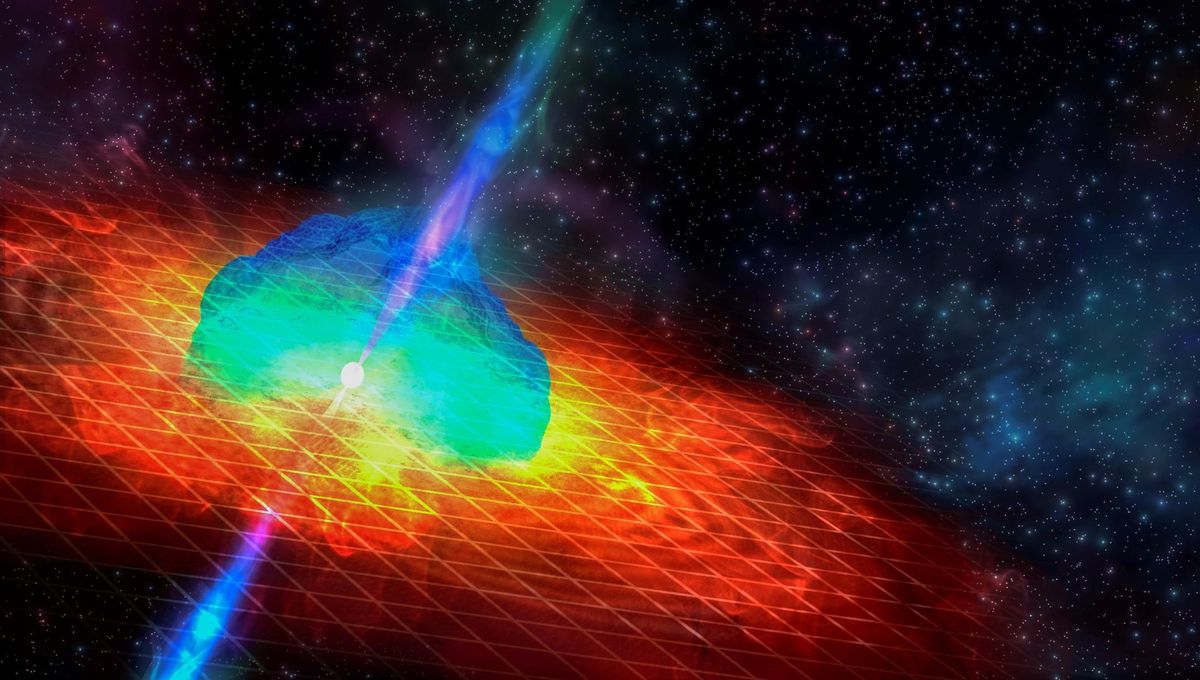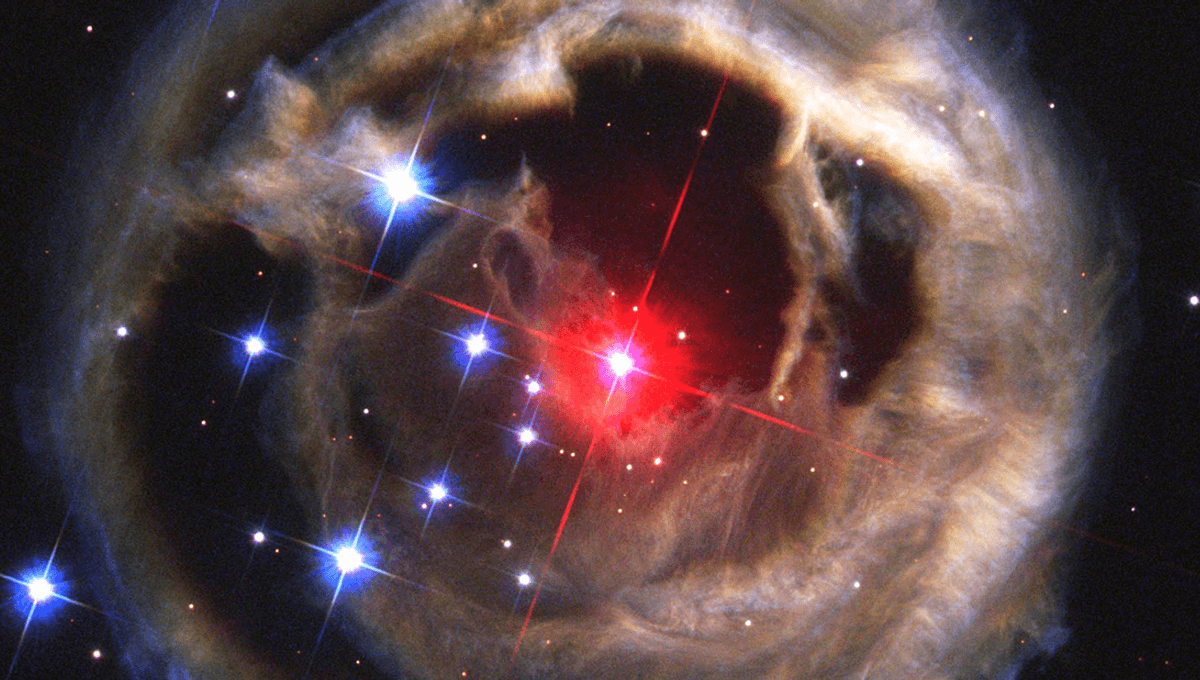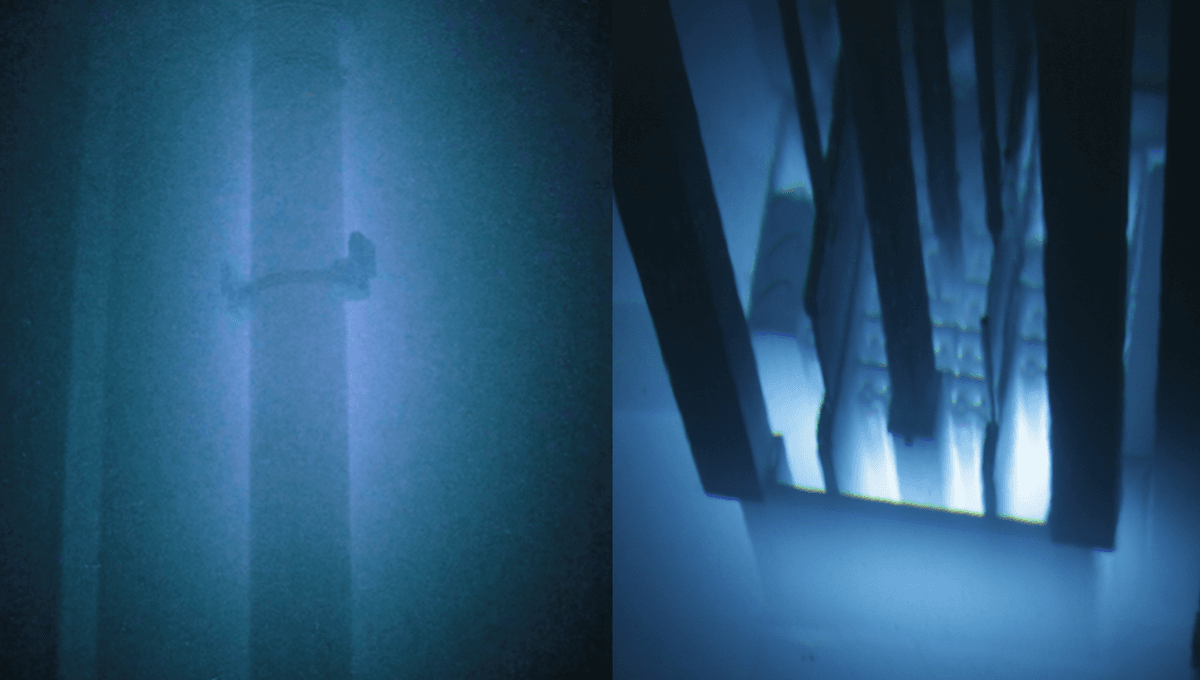In 2021, something extraordinary happened in the cosmos. The Neil Gehrels Swift Observatory detected a merger of two compact objects, known as a kilonova, and named it GRB 211211A. What made this event even more remarkable was that it was the closest kilonova ever observed without the detection of gravitational waves. GRB 211211A defied expectations by producing a gamma-ray burst (GRB) that lasted for a whole minute. Previously, such durations were only associated with GRBs from supernovas, not from the merging of neutron stars.
This groundbreaking discovery led to the publication of four papers, each attempting to unravel the mysteries behind this unusual event. However, for those of us who are not physicists, the most captivating aspect is undoubtedly the mind-boggling abundance of heavy elements produced during the kilonova. We’re talking about precious metals like gold and platinum, but also lesser-known yet incredibly valuable elements like the rare earth elements that power the energy transition.
Dr. Matt Nicholl, formerly of the University of Birmingham, expressed his astonishment in a statement: “We found that this single event produced an astounding amount of very heavy elements, equivalent to about 1,000 times the mass of the Earth. This supports the idea that kilonovae are the primary creators of gold in the Universe.” Considering that these heavy elements make up only a minuscule fraction of Earth and other celestial bodies in our Solar System, one can only imagine the countless planets that could be formed from the aftermath of such an explosion.
Ordinary stars go through fusion processes, converting hydrogen into helium and gradually forming other elements throughout their lifetimes. However, when low-mass stars reach the end of their lives, they can only produce a limited range of new elements. This led astronomers to suspect that there must be another source for the heavier elements, as the number of supernovas observed did not match their abundance.
The first observation of a kilonova in 2017 provided some answers. It revealed that when neutron stars merge, the resulting energy release generates significantly larger quantities of heavy elements compared to supernovas. Although kilonovas are much rarer than supernovas, they are responsible for the majority of these heavier metals’ presence in the universe.
If a typical kilonova can produce substantial amounts of elements like iridium and uranium, just imagine the magnitude of a kilonova with such an extended duration. “Our calculations indicate that the total mass of ejected material from the rapid neutron capture process is approximately 0.047 solar masses,” wrote Nicholl and his colleagues. “This includes around 0.02 solar masses of lanthanide-rich (‘red’) ejecta.” These numbers may not sound significant at first, but when you consider that the Sun is 330,000 times more massive than Earth and that 99.5 percent of Earth’s crust consists of elements no heavier than iron, the scale of this “cosmic gold factory” becomes apparent. (To be fair, there are more heavy elements in the Earth’s core.)
To truly understand the contribution of events like GRB 211211A to the presence of heavy elements in the universe, we need to determine their frequency, which is challenging based on a single example. While other long GRBs have been detected without accompanying supernovas, we cannot definitively attribute them to kilonovas.
Unraveling the cause of GRB 211211A is another puzzle that astronomers are currently investigating. There is a consensus that the GRB was triggered by the release of a jet of electrons traveling at near-light speed, with the cooling of this jet leading to the emission of gamma rays. However, this only shifts the question to what could produce such a powerful jet in the first place. One hypothesis suggests a merger between a neutron star and a white dwarf, rather than the more common scenario of two neutron stars. Nevertheless, the answer to this question remains uncertain for now.
The findings have been published in Nature as part of a collection of papers published together.








